Acne is a skin condition that can cause one or more of the following: blackheads, whiteheads, pimples, acne cysts, or nodules (deep, painful breakouts).
Acne develops when pores become clogged. What type of acne you get depends on what clogs your pores. While scientists are still trying to figure out why some people's skin seems more likely to develop acne, it’s likely that hormones play a role.
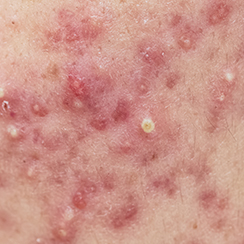
The retinoids used to treat acne are:
Adapalene (You’ll find acne treatment that contains this retinoid online and in stores.)
Tazarotene (Brand names: Arazlo, Avage, Fabior, Tazorac)
Tretinoin (Brand names: Altinac, Altreno, Atralin, Avita, Refissa, Renova, Retin-A, Tretin-X, Vesanoid)
Trifarotene (Brand name: Aklief)
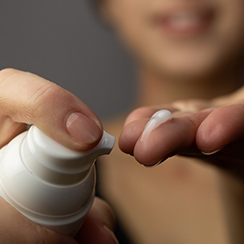
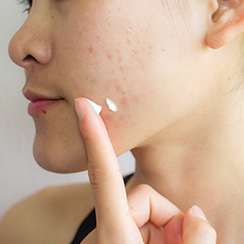
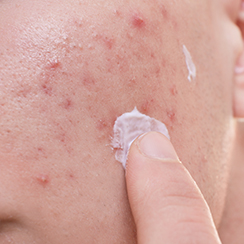
Fight different causes of acne with one medication.
Increase how well each medication works.
Reduce possible side effects like irritated skin.
Get the right dose of each medication in one product.
Retinoid + benzoyl peroxide (Brand names: Epiduo, Epiduo Forte, Twyneo)
Retinoid + benzoyl peroxide + antibiotic (Brand name: Cabtreo)
Retinoid + antibiotic (Brand names include: Veltin, Ziana)
Benzoyl peroxide + antibiotic (Brand names include: Acanya, BenzaClin, Benzamycin, Duac, and Onexton)
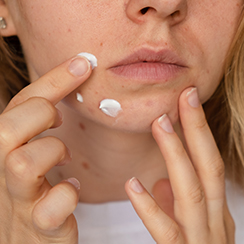
Non-prescription medication: Be sure to use the product that your dermatologist recommends.
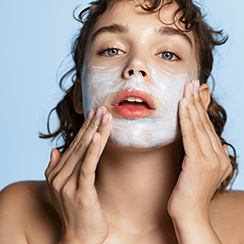
Brand names: Azelex, Finevin
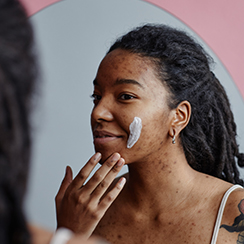
Depending upon the severity of acne, Tieman Dermatology may prescribe other types of treatments. Make an appointment to get started.